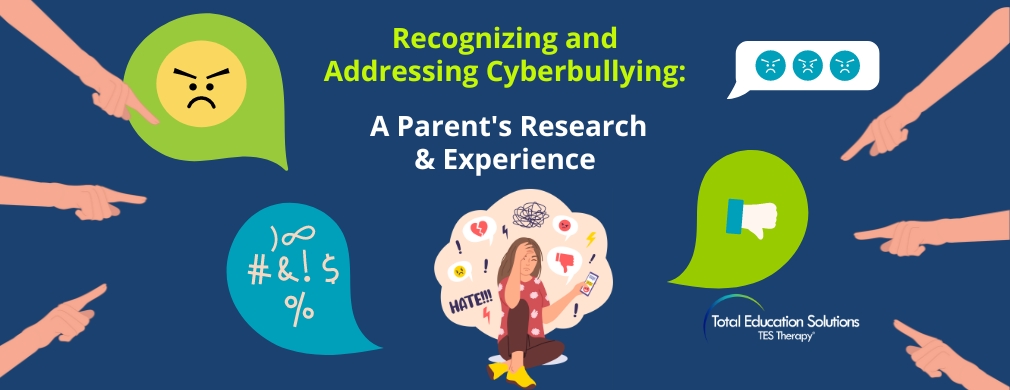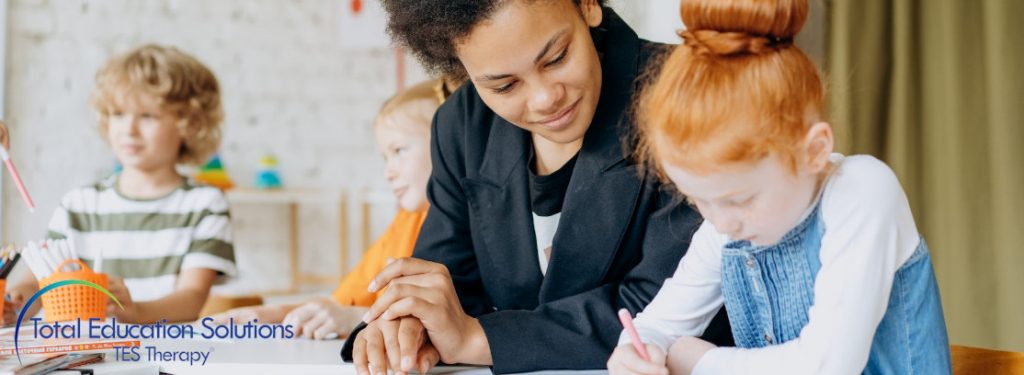We all want to feel connected more than ever now, especially as it may seem daunting to practice speech therapy skills at home with your child. To help ease overwhelmed feelings, these tips were made for parents, caregivers, siblings, grandparents, and friends in mind.
1. Go outside: Write the child’s speech or vocabulary words in hopscotch squares
Draw a hopscotch pattern in the sidewalk with your child(ren). In the middle of the squares, write their vocabulary or speech words for the week. For example, if your child is working on the /k/ sound, write /k/ words and have your child say them as he/she plays the game. Incorporating gross motor movements as your child practices these words will help form strong connections and assist with learning.
2. Use story time to your advantage
If your child does not take interest nor have the attention for short stories, meet them where they are. Choose a book of high interest to them and point to the pictures as you read the story aloud. For example, if your child loves cars, choose a book that talks about and has pictures of cars. It is OK to not read each page or even read all the text on the page. Introducing new, descriptive, and language enriching vocabulary is beneficial for your child’s learning and overall language development as you go through the book. If you ask simple “WH” questions, allow your child time to respond. Narrate pictures using descriptive vocabulary as gestures, such as “Wow! Look at that big, spotted dog.” Praise them for attending to the activity and include another rewarding activity after story time has completed.
3. Use your child’s favorite toys and characters to make a story
Incorporate siblings, too! For example, if your child loves Captain America, help him/her create a story by setting a location, plot, problem, and resolution. The purpose of this activity is to build the child’s imaginative play, thought organization, as well as set a foundation for further story and vocabulary development.
4. Sing! Pick your child’s favorite songs and sing along
Music is a fun and motivating way to develop and improve your child’s communication and overall intelligibility (ability to be understood by others). Choosing a favorite song, such as a nursery rhyme, may increase attention and participation. After a common line in the song, stop and wait for the child to respond. For example, if your child loves Frozen, wait for him/her to finish the phrase “Let it____”. If the child uses an Augmentative and Alternative Communication (AAC) device, model the core word “go” on the device and repeat the lyrics to allow for practice.’
5. Use mealtimes to be together
Put the electronics down (excluding AAC) and use this time to connect with one another. Use conversation starters by giving binary choices that parallel the child’s interests. For example, “Who would you rather be? Superman or Batman?” This activity targets answering a variety of questions and allows the child to formulate his/her thoughts before responding.
6. Choose a simple food item to cook together
Decorating cookies can be a great way to incorporate sequencing (i.e. “first we take a cookie, then we put icing on it, lastly we spread the icing out). Point out different sizes and shapes of the cookies to target big/small concepts, as well. Provide choices to assist your child with decision making of preferred and non-preferred items, such as “Do you want the cookie with or without sprinkles?”). Use this opportunity to follow single or multi-step directions, such as “Please give me the red spoon” or “Give me the spoon and then the bowl.”
7. Pick the child’s favorite board game to play
Games can be a great way to practice speech and language skills. If your child is working on using his fluency strategies, have him/her practice each time it is the child’s turn. Allow the child time and do not interrupt him/her. Using a board game can also practice social skills, such as turn taking or how to respond to someone else winning. Modify the game to fit the child’s needs relating to his/her skill level! If the child is working on comparing and contrasting, ask him or her to compare/contrast the game board pieces.
8. Use washable, non-toxic paint to inspire creativity
Not only can this activity target the sensory needs of the child, but it can also foster language development. Have your child do a self-portrait or a portrait of the family! During the activity, label basic and advanced body parts (i.e. forehead/elbow). Decide upon the setting. If the child has difficulty setting the scene, model an example (i.e. draw grass for outdoors, a table for indoors). Draw objects to target possessive nouns or regular plurals (i.e. “These are the boy’s toys”).
9. Complete a puzzle together (simple or complex)
Children learn by model and example. Give a puzzle piece to the child (i.e. “Your turn! Put the piece in the puzzle”) and allow for processing time during this activity. It may seem uncomfortable to wait, but processing time is key for the listener to interpret what was said and to formulate a response. This activity targets planning and trial-and-error.
10. Just Play!
There are so many benefits to simply getting on the floor and playing with games, toys, blocks, etc. with your child. Floor time play can target joint attention, overall eye contact, requesting, making choices, and answering questions. The sky is the limit!
Make an Online Appointment
TES is committed to serving our clients and community during this time of crisis. We have an established and extensive online program designed to provide new and existing clients, and their families, the very best virtual experience. TES uses a safe and secure online platform to protect our clients and their information while offering fun, evidence-based therapeutic and educational therapy sessions, all from the comfort of your home.
TES is offering 20% off all online services for families using private pay.
https://tes2.wpengine.com/contact-us/


 04 May 2020
04 May 2020 







